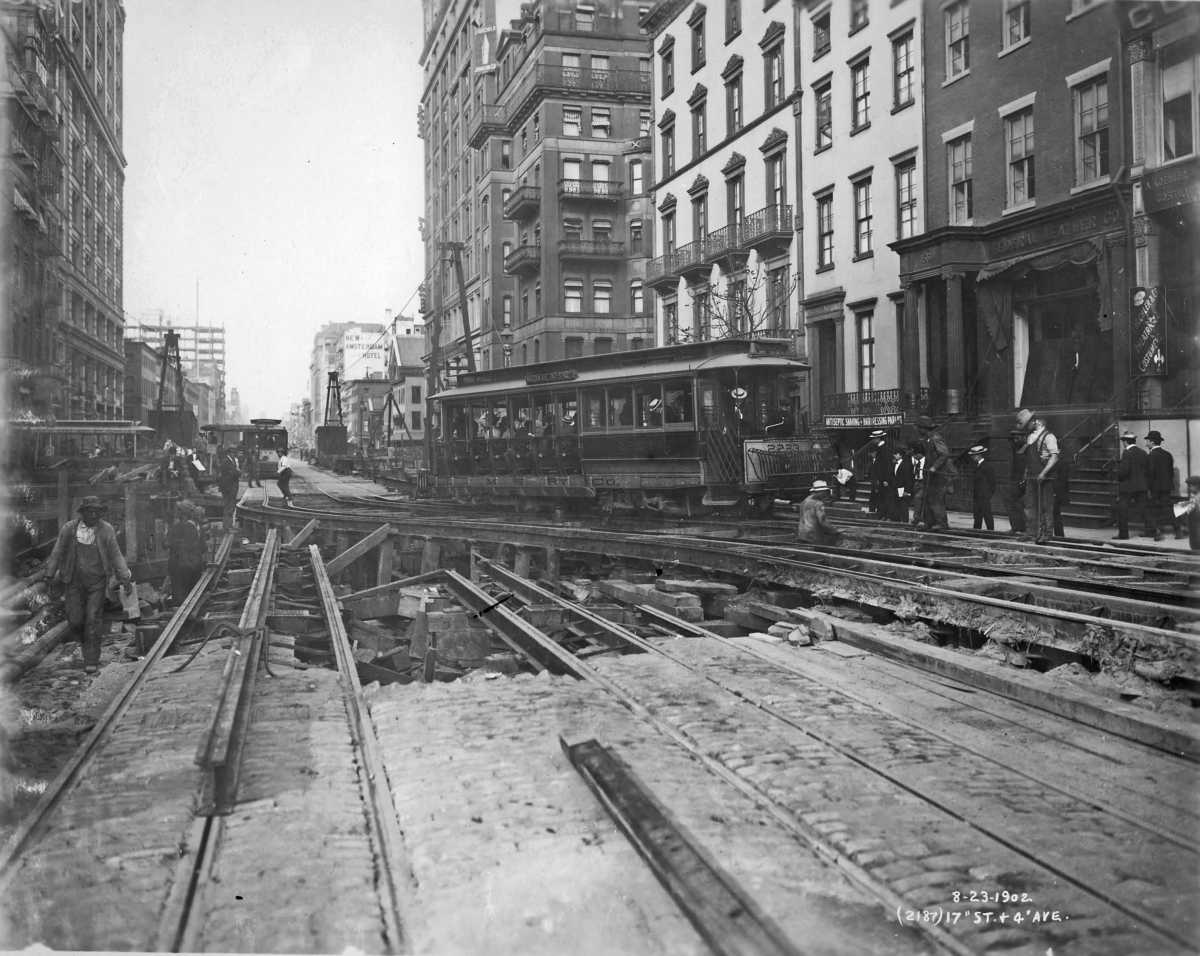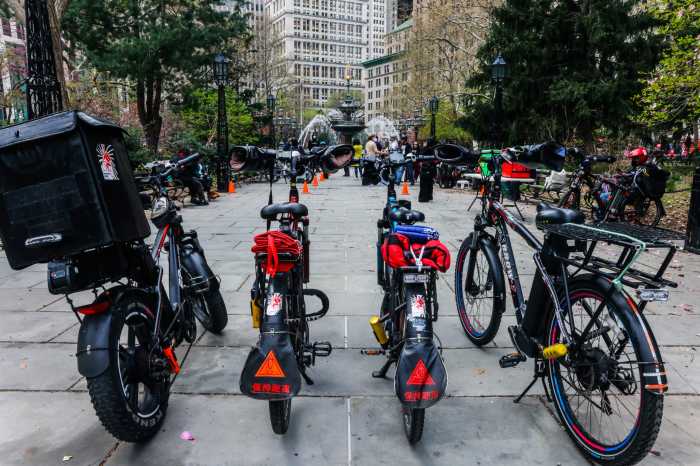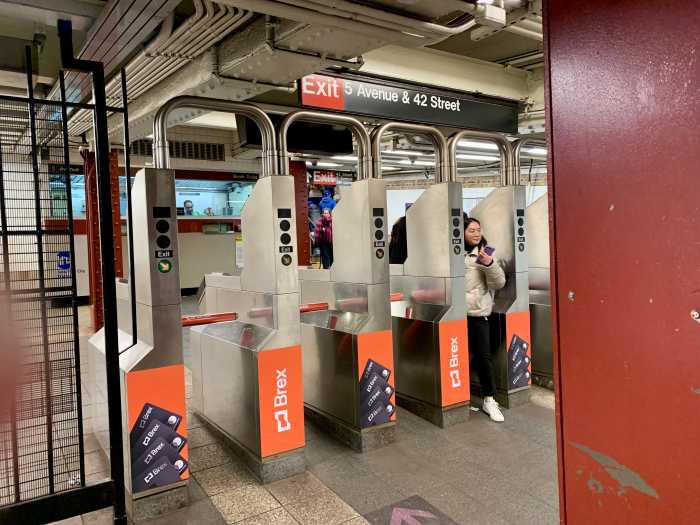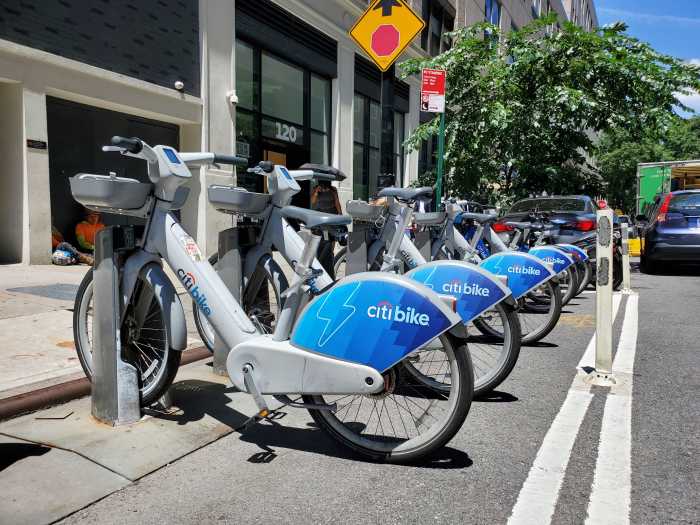Party like it’s 1904 in New York City this weekend.
The MTA and the New York Transit Museum are planning a “Subway Day” soiree on Sunday, Oct. 27 to commemorate the 115th birthday of one of America’s greatest engineering marvels: the New York City subway system.
A vintage train consisting of “Lo-V” cars circa 1917 will run Sunday along part of the original system’s route, from Times Square to 96th Street, along the Seventh Avenue line of the 1, 2 and 3 train lines. The first train departs Times Square at 12:30 p.m., with more runs through 3:30 p.m.
Concetta Anne Bencivenga, the director of the Transit Museum, is hoping to capture the excitement among New Yorkers on opening day.
More than 100,000 people flocked to try out what was then the privately owned Interborough Rapid Transit system—28 stations along 9 miles of track—on a Thursday night.
“There was so much enthusiasm among New Yorkers,” Bencivenga said. “It wasn’t a Sunday, but people put on their Sunday best, went to dinner and then rode the subway. It was a night out for New York City. And the system was immediately taken on as the way to get around for New Yorkers.”
In addition to the vintage train ride, the museum is planning to program digital subway display screens with archived photographs depicting the city and the system as the subway was being built. The images will be featured on screens in the 24 stations that have been in service since day one. The museum itself will open an hour earlier, at 10 a.m., with guided tours and other celebratory activities.
Transit President Andy Byford is taking the celebration as an opportunity to say how he’d like to bring the subway system into the 21st century.
“The subway system has come a long way since October 1904 and we will continue to take it into the future with our Fast Forward Plan,” Byford said in a statement. “Modernizing signal systems, redesigning bus routes, making stations accessible, and implementing a new fare payment system are just some of the ways we are going to contribute to New York City Transit’s history.”
In 1904, being underground was associated with death and burials so the idea of a subway system spooked many Americans. While Boston beat out New York in sending the first train in the country underground, Bencivenga said New York’s system was pioneering plenty.

“Not to knock Boston, but there’s was steam[-powered],” she said. “And steam underground was very unpleasant.”
The IRT opened with trains connecting City Hall to Harlem. The four-track line ran along Manhattan’s east side, stopping at Grand Central, before heading across 42nd Street to Times Square, where it continued up the west side to 145th Street.
Bencivenga tipped her hat to the “brilliance” of William Barclay Parsons, the civil engineer who led the building of the subway and traveled the world for inspiration on its construction, and Granville Woods, the American inventor who patented the contact shoe to make an electrified subway system possible.
“When Parsons went to Paris, that was the place with the first electrified trains in the world—he said, ‘We’re going to do that here. We’re going underground and we’re taking the power with us.”






































